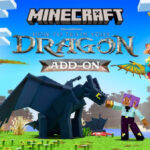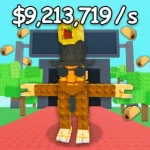Popular Now
Introduction
Toca Boca World is widely celebrated for its imaginative freedom, open-ended gameplay, and vibrant environments. It’s a sandbox where players—especially children—can explore, experiment, and craft stories without the constraints of traditional game objectives. However, despite these strengths, a recurring issue has emerged among its growing player base: the lack of proper storage and saving systems. As players attempt more complex storytelling and world-building, they increasingly bump into frustrating limitations. This article dives deep into how this problem affects creativity, what it means for the community, and what the developers could do to fix it.
1. The Origins of the Storage Problem
When Toca Boca World was first released, its scope was much smaller. Each area acted as an isolated sandbox, perfect for casual interactions and simple storytelling. Saving items or locations wasn’t a major concern, since the gameplay was more about spontaneous fun than long-term engagement.
As the game expanded, however, the lack of saving and storage mechanics became a problem. New buildings, characters, and seasonal items encouraged deeper creativity. But the core systems behind the game didn’t evolve to support the growing complexity of players’ creations.
Over time, the absence of a structured save system went from being a minor quirk to a serious roadblock.
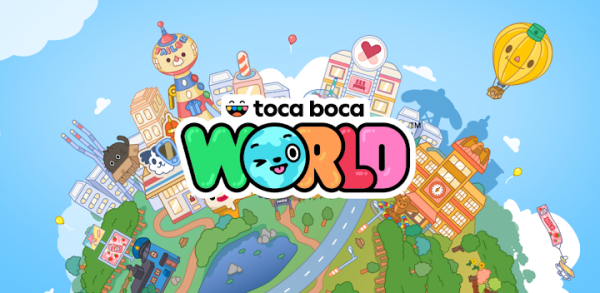
2. How the Lack of Save States Affects Storytelling
Storytelling is one of the most beloved features of Toca Boca World. Players set up scenes, dress their characters, and act out elaborate plots. But without the ability to save locations and item placements, all this work can disappear the moment a player switches to a different building or restarts the app.
This directly discourages long-term creativity. Imagine spending an hour crafting a classroom scene for a school drama, only to return later and find everything reset—the characters are gone, the props are missing, and the layout is ruined.
For players who enjoy episodic stories or recurring characters, this is devastating. It breaks immersion and forces them to either start over or lose interest entirely.
3. Item Hoarding and Inventory Chaos
To work around the saving issue, many players resort to hoarding items in specific locations. For example, they might use an empty apartment as a “storage room,” piling in furniture, clothes, and props for future use.
But this method creates clutter and confusion. Without an inventory system, it’s nearly impossible to remember where certain items were stored. Players spend more time searching for props than actually using them.
This leads to a chaotic experience:
-
Rooms become overloaded and laggy.
-
Rare items get lost or accidentally deleted.
-
Creative flow is interrupted by logistical frustrations.
The absence of a proper storage mechanic turns a game about creativity into a game of hide-and-seek with your own stuff.
4. Impact on Younger Players and Accessibility
While older players can adapt using screenshots and memory, younger players—the game’s core audience—often struggle with these limitations. For them, the lack of saving and storage is more than just inconvenient. It makes the game harder to understand and less rewarding.
Children enjoy repetition and consistency. They want their favorite characters to be in the same place, wearing the same clothes, and living in the same homes. When these elements reset, it can be confusing or even upsetting.
From an educational standpoint, Toca Boca has great potential for teaching sequencing, storytelling, and cause-and-effect relationships. But these learning opportunities are undermined when the game cannot preserve a child's progress or creations.
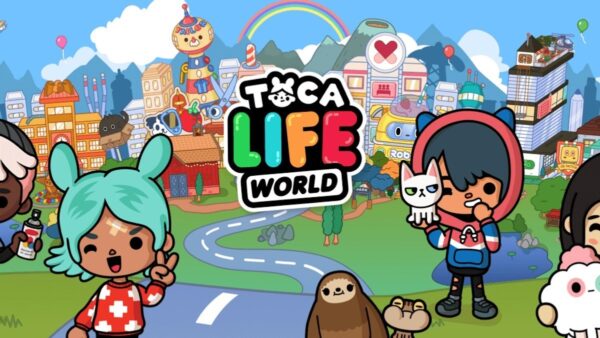
5. Comparisons with Other Sandbox Games
Toca Boca isn’t the only sandbox game on the market. Games like Minecraft, The Sims, and Roblox have all tackled the challenge of saving and inventory management in different ways.
-
In Minecraft, players can save entire worlds, chests, and character states.
-
In The Sims, every household, outfit, relationship, and house design is automatically saved.
-
Roblox allows creators to build custom inventory systems and checkpoint saves.
While these games target a slightly older demographic, they prove that it’s possible to balance creativity and structure. Toca Boca could implement simplified versions of these features, tailored for younger users.
Even a basic save/load system for each room would make a massive difference without compromising the game’s simplicity.
6. Community Workarounds and User Hacks
Despite no official modding tools, the Toca Boca community has shown impressive creativity in adapting to the game’s limits. Players share tips on social media, make YouTube tutorials, and even develop informal “hacks” to improve the experience.
For example, some users photograph their room layouts to recreate them later. Others dedicate one room to each part of a story and avoid leaving it to preserve the setup. Some even act out entire stories in one sitting and record the screen, since they know they can’t return to that setup later.
These workarounds reflect both dedication and frustration. Players shouldn’t have to invent solutions just to maintain their creativity. The fact that they do only emphasizes how badly official tools are needed.
7. The Economics of Storage and Microtransactions
Some players believe the lack of proper storage is intentional—a way to encourage in-game purchases. Since items cannot be saved or stored efficiently, players may feel pressured to buy more buildings or furniture packs to create “storage rooms.”
While monetization is understandable, this approach can feel exploitative, especially in a game designed for children. Parents have voiced concerns about how hard it is to maintain a coherent experience without constant spending.
A more ethical and player-friendly model would offer basic storage for free and reserve advanced features for premium users. For example:
-
Free users get one save slot per room.
-
Paid users can save multiple layouts or back up scenes to the cloud.
This model rewards loyal players while maintaining core functionality for everyone.
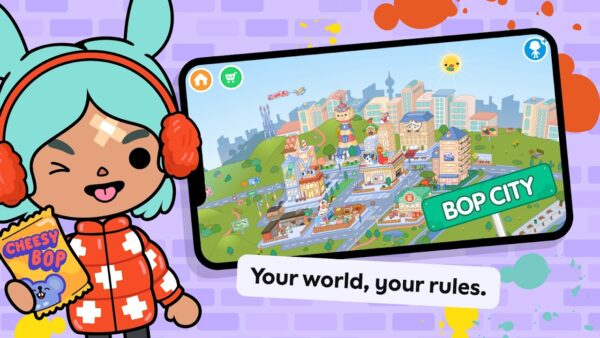
8. Missed Opportunities in Seasonal and Event Content
Toca Boca regularly releases limited-time content, such as Halloween, winter holidays, or birthday events. These updates include exclusive items that can only be collected during that time.
However, without proper storage or item tracking, players often lose these rare items after the event ends. They might accidentally throw them away, leave them in another building, or overwrite them during a scene reset.
This damages the value of seasonal content. It turns exciting events into stressful races to protect fragile items. Instead of building a permanent, evolving world, players are forced to operate in short bursts with no long-term reward.
Developers could solve this by offering a seasonal storage chest or a “memory vault” where players can keep their favorite items permanently.
9. What the Players Are Asking For
Toca Boca players are not asking for complex or adult-oriented features. They’re asking for tools that make it easier to express their creativity without constantly losing progress.
Based on community feedback, the most common requests include:
-
The ability to save room layouts and item placements.
-
A character wardrobe system that retains custom outfits.
-
An inventory tracker that shows which items the player owns and where they’re located.
Even simple additions like a "favorites" list or "recent items" tab would go a long way in making the game feel more organized and user-friendly.
Ultimately, players want the game to respect their time and ideas. When they build something they love, they want to come back to it—not start over.
10. The Future of Creativity in Toca Boca World
Toca Boca World is at a pivotal moment. It has a massive player base, an engaging visual style, and a unique space in the children’s game market. But if it wants to remain relevant and enjoyable, it must evolve.
Improved saving and storage systems would unlock the next level of creativity for players. They could build ongoing stories, track character development, and share detailed environments with others.
These features don’t have to make the game more complicated. With smart design, they could be easy, accessible, and even fun to use. In doing so, Toca Boca would empower players of all ages to turn imagination into lasting experiences.
By respecting its players’ creativity, the game could become more than just a playground—it could become a storytelling platform, an educational tool, and a long-term creative outlet.
Conclusion
While Toca Boca World continues to inspire millions of players with its open-ended gameplay and rich environments, the lack of storage and save systems remains a significant limitation. As this article has shown, this issue affects storytelling, accessibility, long-term engagement, and even the value of seasonal content.
Players are not asking for complexity—they're asking for continuity. By addressing this gap, Toca Boca has the opportunity to enhance creativity, improve satisfaction, and secure its future as a platform that grows with its audience. Now is the time to invest in the systems that allow imagination to last longer than a single play session.














